Explore the toolbox and discover tools, tips and tricks to help you help your patients.
⇒ Tinnitus facts
⇒ Step 1. Hearing assessment
⇒ Step 2. Tinnitus assessment
⇒ Step 3. Tinnitus management
⇒ Tinnitus care: What you need to know
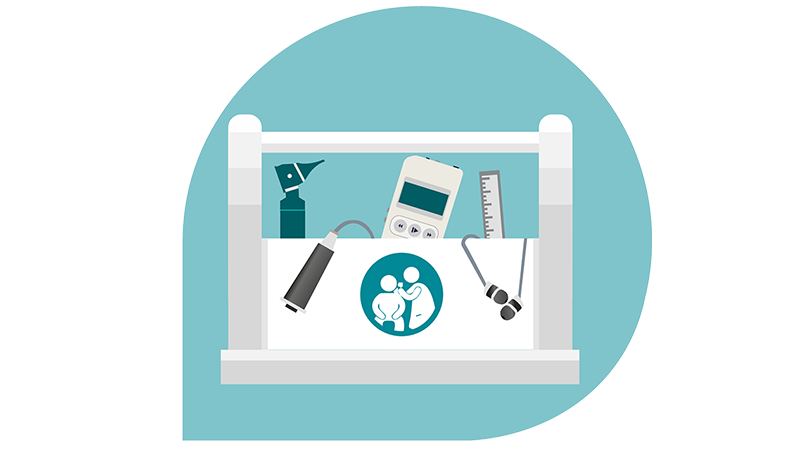
Welcome to the Tinnitus Toolbox – your source for information about tinnitus and the many ways you can help your patients manage their symptoms and live happier lives.
Look inside and discover the three steps to a complete tinnitus evaluation, including:
While there is no cure for tinnitus, there are numerous ways to help your patients. Start investigating today what you can do to help your patients with tinnitus by exploring the tinnitus toolbox.
There are many myths about what causes tinnitus, how to quantify it and how to treat it. Help your patients understand what is true and what is not by learning what other non-hearing related symptoms often accompany tinnitus and how patients experience the sound of tinnitus.
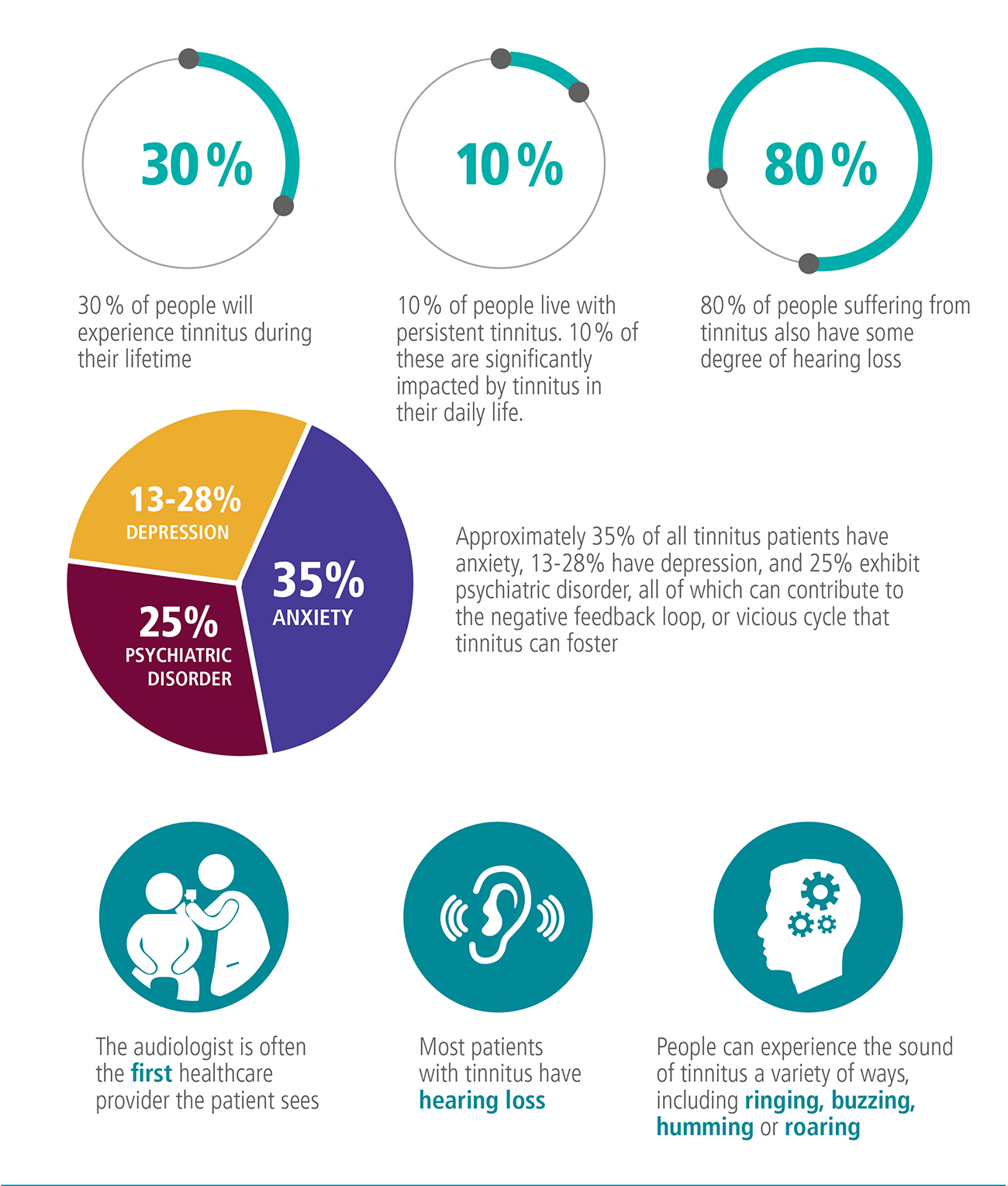
Good clinical practice (GCP) protocols can become standardized while performing measurements at specific frequencies while using specific signals. Track the progress of these measurements with Otosuite® to ensure hearing tests are performed according to your defined protocol.
The first step in tinnitus evaluation is a complete hearing assessment, starting with a case history. Tinnitus symptoms can be a red flag for other serious diseases and a medical referral may be needed. Learn what these are and what an audiological evaluation looks like with high frequencies.
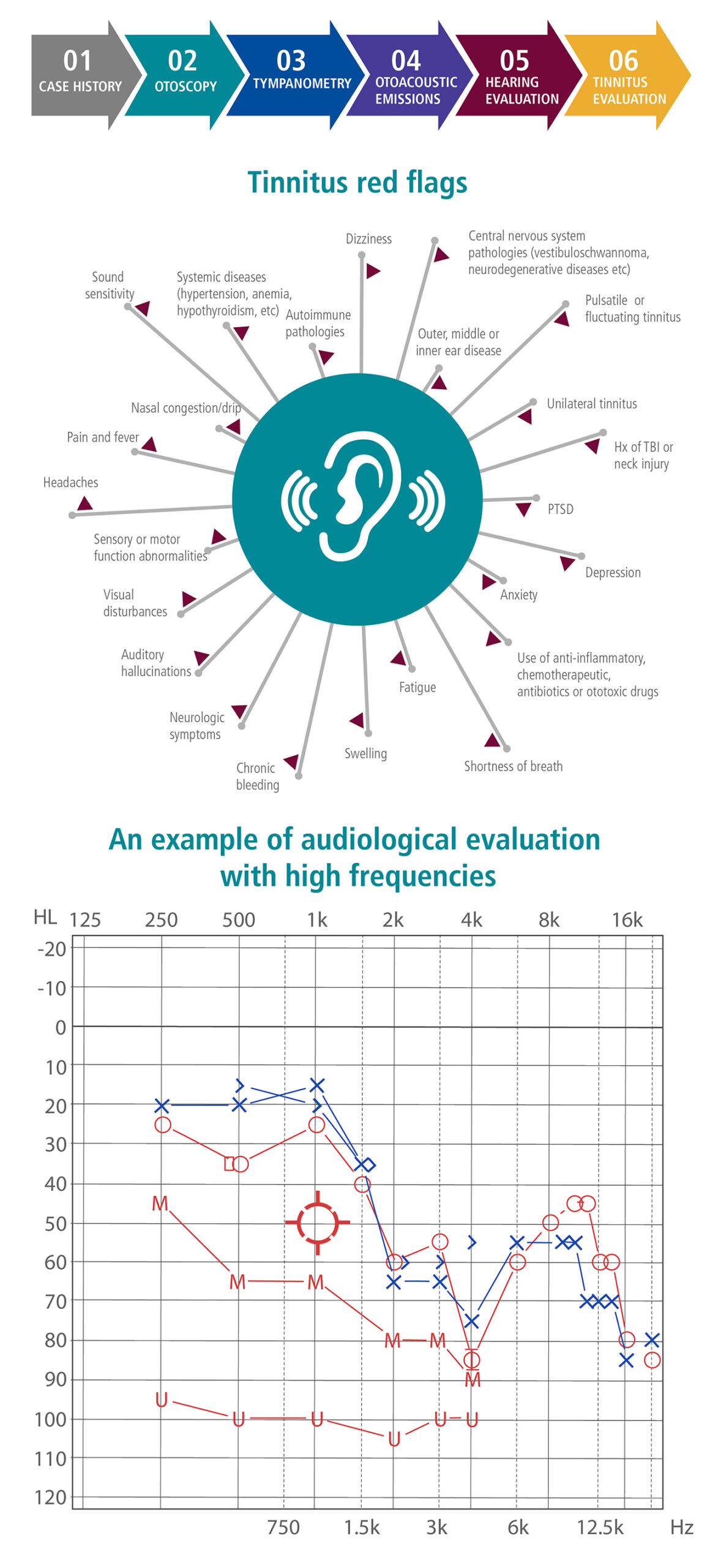
A tinnitus assessment is the second step in the diagnosis and treatment of tinnitus. This is done after the audiological evaluation. Quantifying tinnitus symptoms using subjective and objective measurements help to document a patient’s tinnitus, as well as to help establish trust with your patient. Information from questionnaires can also provide an initial baseline for how the patient is coping with their tinnitus prior to, during, and at the conclusion of their time with you.
Otosuite provides automatic scoring through a digital questionnaire that quickly captures and summarizes the results, allowing for easy comparison over time. With precise frequency over 8,000 Hz, it’s a convenient and accurate way to capture the audiological data to help optimize the patient journey.
Get insight into the specific components of a tinnitus assessment.
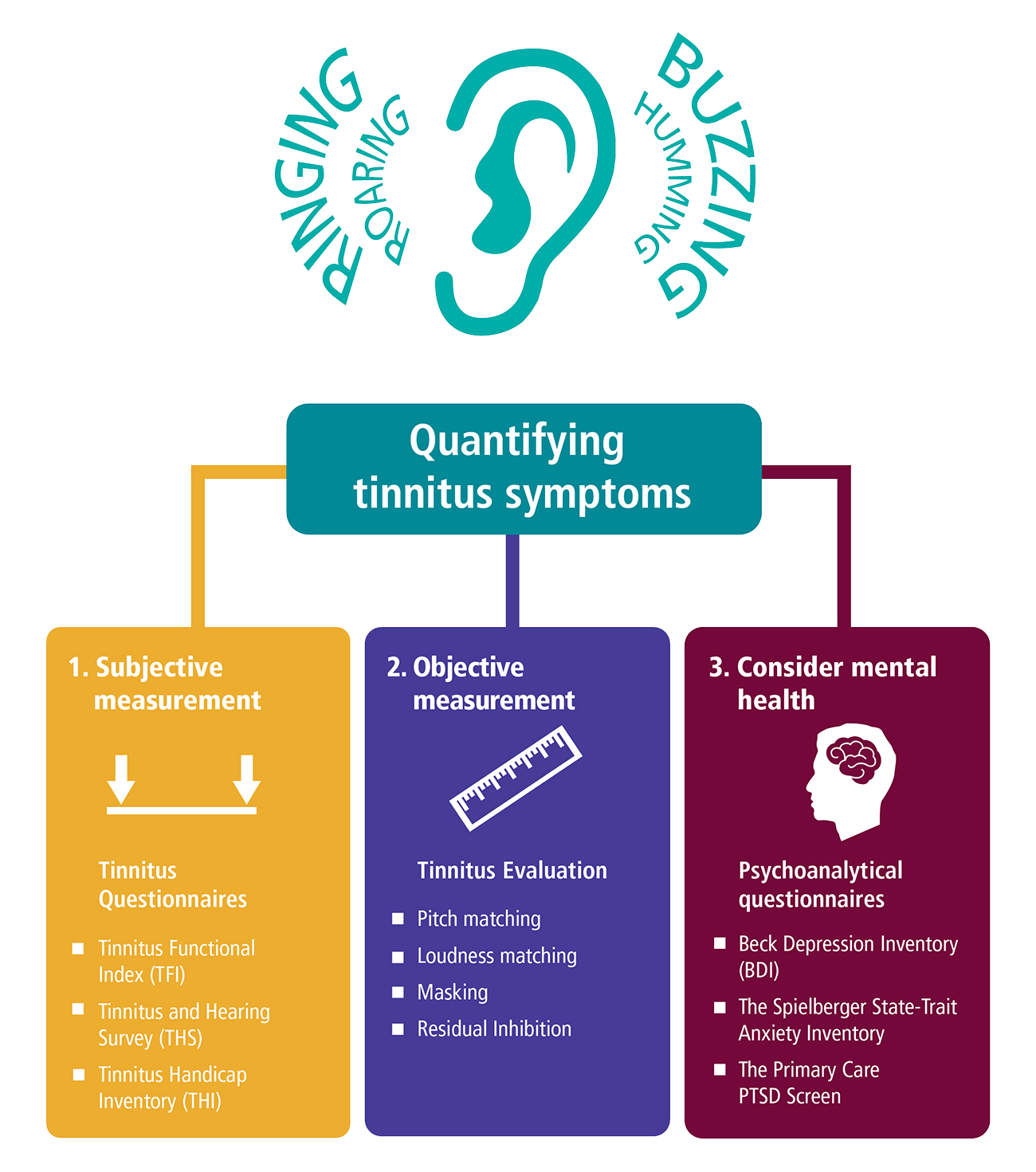
There are many options available to help our patients once you have assessed and documented your patient’s tinnitus symptoms. You can use these options individually or together depending on the patient and severity of their tinnitus.
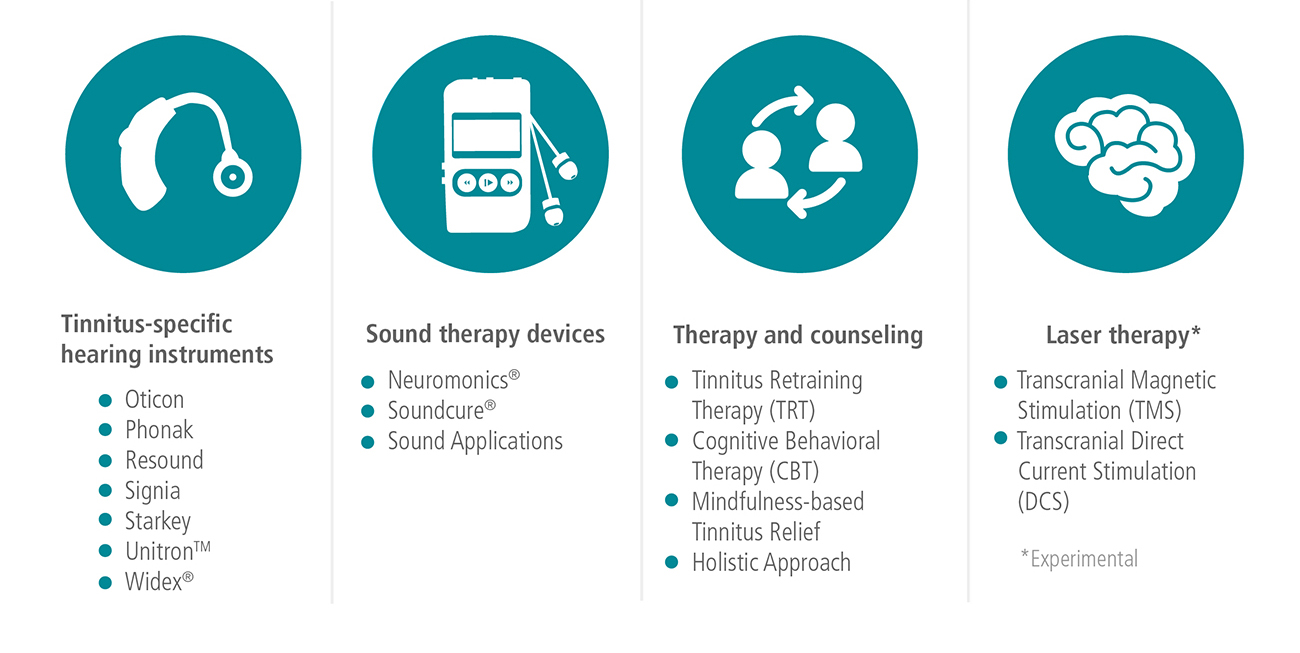
A complete tinnitus evaluation gives you and your patient many benefits, including better communication strategies, patient reassurance that their tinnitus is indeed real, as well as a basis for treatment. Discover the tinnitus assessment and fitting tools available to you today to help your tinnitus patients manage their symptoms.
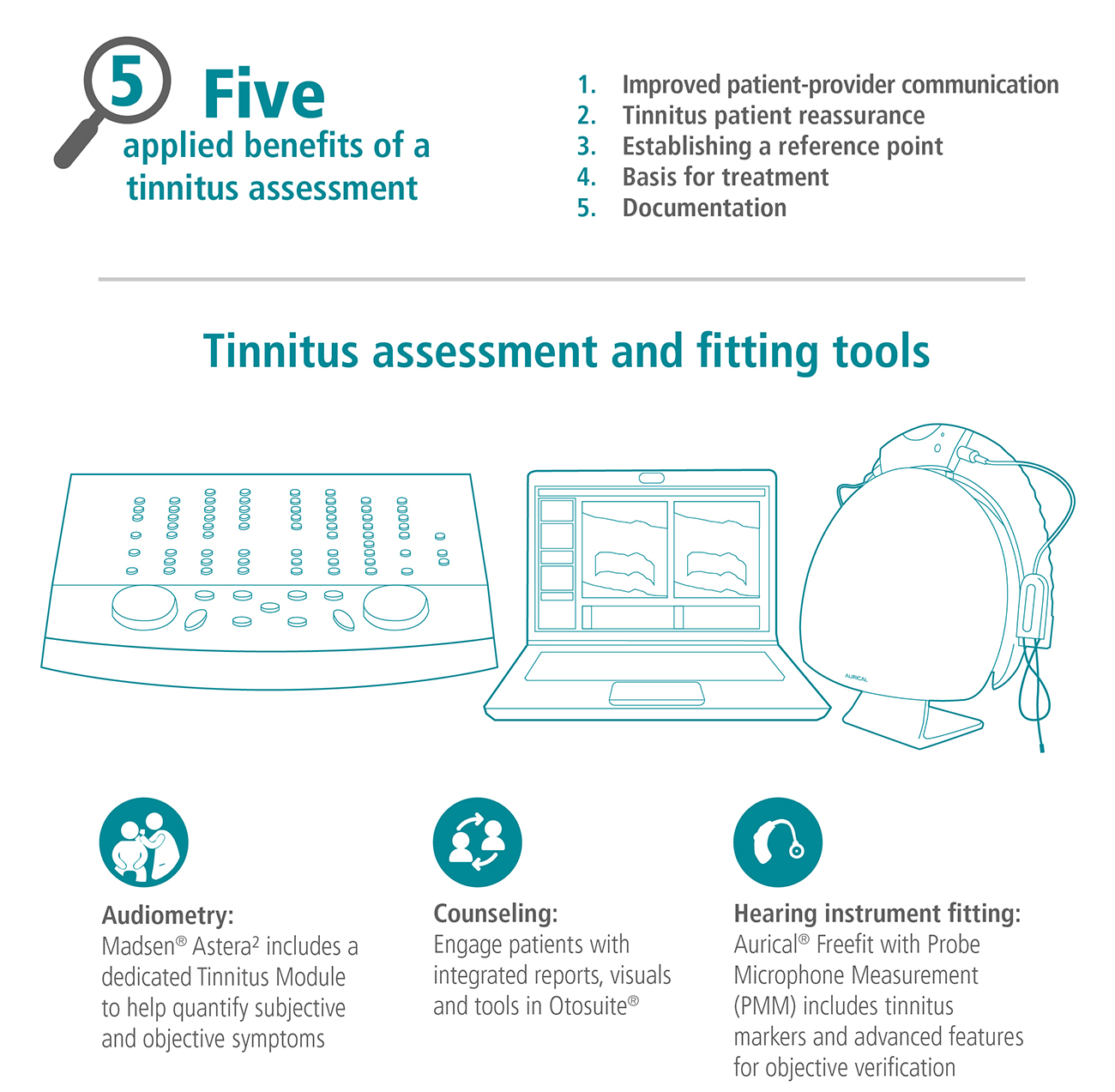
Sources:
Tinnitus Patient Management for Today’s Audiologists (Audiology Today, March/April 2015)
audiology.org/system/files/TinnitusPatientManagement4TodayAudiologists.pdf
The Tinnitus Toolbox Guide to Support the Full Patient Journey (Hearing Review, May and June 2017)
hearingreview.com/2016/04/the-tinnitus-toolbox-guide-to-support-the-full-patient-journey/
hearingreview.com/2016/05/tinnitus-toolbox-guide-support-full-patient-journey/
Evaluation and Counseling: An Essential Part of Tinnitus Patient Care (AudiologyOnline, October 2015)
audiologyonline.com/interviews/evaluation-and-counseling-essential-part-15476
British Tinnitus Association:
tinnitus.org.uk/Pages/FAQs/Category/what-is-tinnitus
